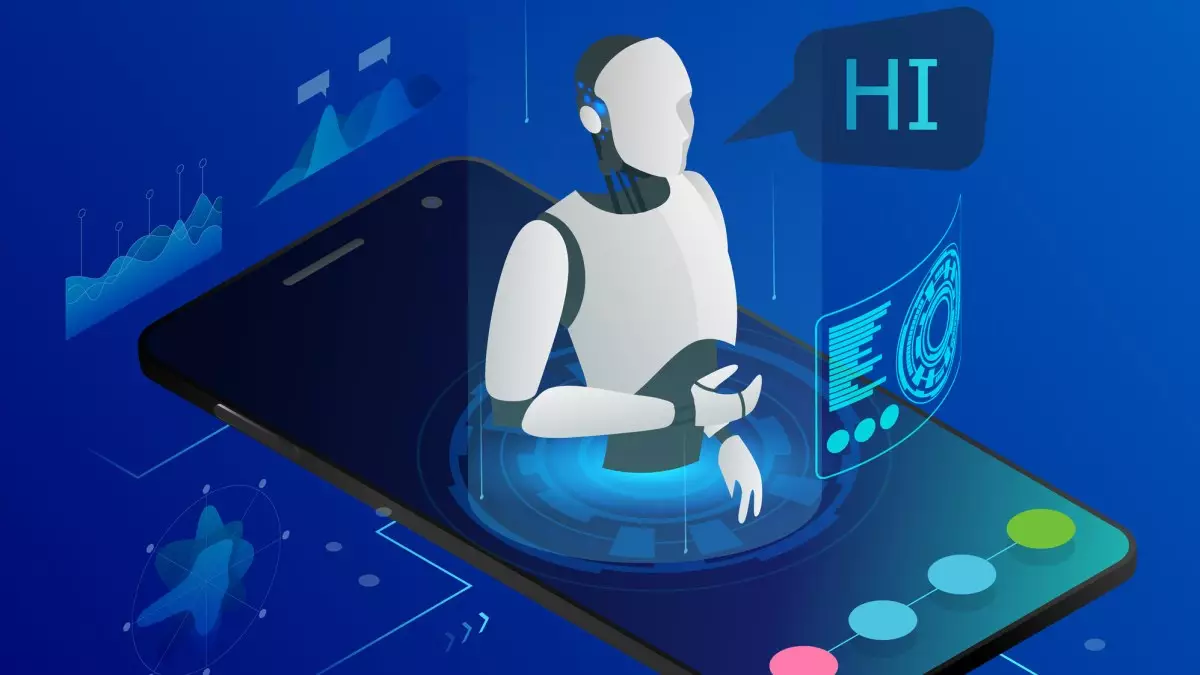Apple Inc. has established itself as a pioneer in technological innovation, continually reshaping the landscape of consumer electronics. As the company seeks to expand its horizons beyond smartphones and wearables, the realm of robotics offers new possibilities. Recent insights from Ming-Chi Kuo, a renowned analyst specializing in Apple, indicate that the tech giant is exploring both humanoid and non-humanoid robotic designs. This move comes at a time when the intersection of technology and daily life is shifting rapidly, fueling speculation and excitement around potential future products.
According to Kuo, Apple’s exploration into robotics has been bolstered by research that focuses on human interactions with robots characterized as “non-anthropomorphic.” One notable example emerges from a published paper that uses a character inspired by Pixar, a lamp that epitomizes the friendly and approachable designs reminiscent of animated companions. This approach suggests Apple’s intention not just to innovate technologically, but to create products that resonate emotionally with users. However, it’s imperative to note that Apple is still in the formative stages of robotics research, meaning that while exciting prospects are on the horizon, tangible products may still be years away.
Kuo posits 2028 as a tentative target for mass production, a timeline that reflects both the complexities of robotic development and the typical cadence of Apple’s product cycles. The cautious optimism displayed by Kuo mirrors Apple’s approach toward its previous ventures, such as the now-defunct Apple Car project, which was similarly shelved during its infancy. This historical context suggests a methodical strategy; Apple appears unwilling to rush headlong into the marketplace without first ensuring a robust and well-considered product offering.
The field of robotics operates on different timelines compared to other tech developments like smartphones. Given the recent surges in labor market demands for engineers, recruitment has become a significant hurdle, particularly in light of advancements in generative AI. By releasing research publicly, Apple potentially aims to attract top talent while establishing itself as a serious contender in the robotics sector.
A particularly intriguing aspect of Kuo’s findings is Apple’s tendency to favor functional design over aesthetic resemblance to humans. The distinction between humanoid and non-humanoid robots raises critical questions about user perception and interaction. Kuo notes that Apple seems more invested in how technology can form intuitive relationships with users rather than conforming to conventional humanoid characteristics. This direction aligns with broader trends in robotics; the emphasis is now shifting towards creating systems that can seamlessly integrate into everyday life, whether through sensing capabilities or intelligent interaction.
Furthermore, the term “anthropomorphic” extends beyond the standard representation of a humanoid form. Apple seems to be at a conceptual crossroads, experimenting with varying degrees of human-like features and interactions, all while gathering feedback about what consumers genuinely want through these robotic advancements.
Kuo describes Apple’s vision for these robots as a component of a larger smart home ecosystem, hinting at potential roles ranging from mundane household tasks to more interactive and engaging engagements. However, the journey toward realizing these ambitious projections is fraught with challenges. The current consumer appetite for home robotics is largely limited to automated cleaning devices like robotic vacuums, and Apple must first validate the market for more advanced functionalities before advancing to next-generation robotics.
Similar efforts are already being pursued by other tech companies focused on industrial humanoids, which complicates the landscape even further. Issues of pricing and reliability remain pivotal; developing consumer-grade robots with a viable business model will demand innovation and economic feasibility.
Having faced setbacks with initiatives like the Vision Pro mixed-reality headset and the Apple Intelligence project, Apple seems to be adopting a more cautious and calculated approach with its robotics efforts. While there is substantial speculation regarding what future products could emerge, historical failures in the home robotics sector serve as a cautionary tale. Silicon Valley has witnessed myriad projects fizzle out despite initial excitement, and Apple will benefit from adopting a long-view strategy rather than succumbing to hype.
While Apple’s foray into robotics may indeed ignite intrigue, the company is treading carefully through this complex and unpredictable landscape. With a promising yet cautious exploration into various robotic forms, Apple is poised for a compelling journey ahead. As speculation continues and developments unfold, it is likely that we will witness a steady stream of insights and revelations—and perhaps several more years of unanswered questions—before Apple truly unveils its robotic ambitions.

